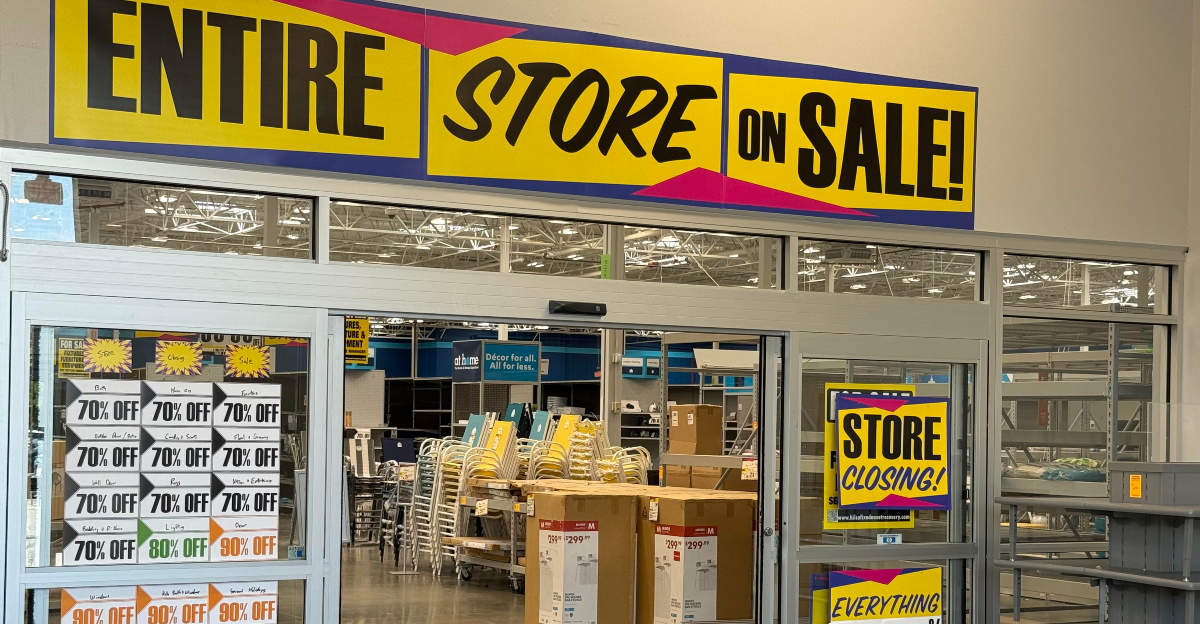
One of the country’s largest home décor chains is undergoing sweeping changes, leaving employees, customers, and communities anxious. Bankruptcy filings and internal reports hint at mass layoffs and store closures, but the full scale is unclear.
Analysts warn that these moves could reshape neighborhoods, local economies, and consumer habits, making this one of the most closely watched restructurings in recent years.
Jobs Are on the Line

Reports indicate a significant reduction in the workforce, though exact numbers remain undisclosed. Both full-time and part-time roles are at risk, sparking anxiety among employees. Local communities, often reliant on these jobs, face ripple effects as layoffs affect ancillary businesses and municipal budgets.
Industry experts note that large-scale workforce reductions in retail can have lasting impacts, disrupting the local job market and forcing workers to navigate a challenging and uncertain environment.
Store Closures Loom
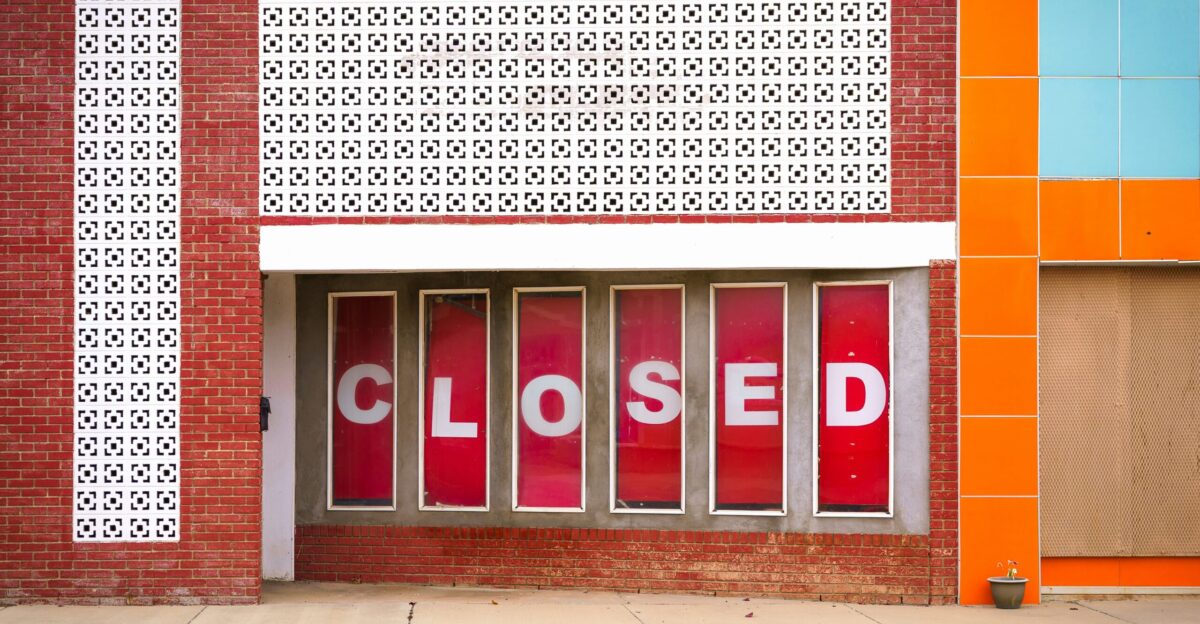
Multiple store closures are already under consideration, with early liquidation sales appearing at select locations. Analysts suggest closures will target underperforming stores, but until official announcements, the total footprint at risk remains uncertain.
Communities are left to wonder how many locations will survive and which neighborhoods will lose a familiar retail presence, highlighting the broader social and economic implications of the company’s restructuring.
Bankruptcy Sparks Uncertainty

The retailer’s Chapter 11 filing earlier this year revealed mounting financial pressures. Court documents cited high debt levels and declining sales as central factors.
The uncertainty surrounding employee positions and store closures leaves customers and local communities in suspense, emphasizing how bankruptcy in large retail chains can have far-reaching effects beyond the boardroom.
The Home Decor Giant
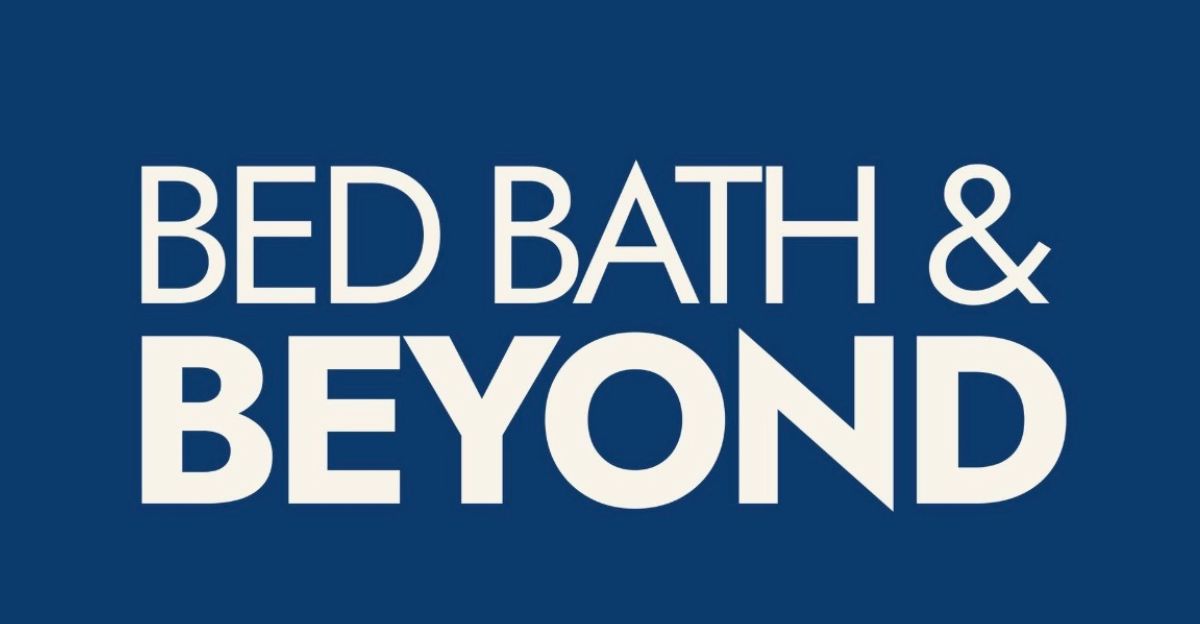
At its peak, Bed Bath & Beyond operated more than 260 stores nationwide and employed roughly 7,170 workers. The announced closures and layoffs represent a dramatic contraction, affecting communities coast to coast.
This scale explains why the restructuring has captured national attention. It illustrates how financial pressures and shifting consumer habits can reshape a once-dominant retail presence.
Economic Headwinds Worsen Challenges

Persistent inflation, rising interest rates, and cautious consumer spending have squeezed margins across retail. For Bed Bath & Beyond, legacy operational costs compounded these pressures. Court filings highlight these factors as central to declining revenue.
Analysts emphasize that even established chains are not immune, with macroeconomic forces forcing companies to make difficult decisions to remain viable, demonstrating how broader economic trends directly influence both business strategy and community impact.
Layoffs Surge 274% Across Retail

Bed Bath & Beyond’s workforce reductions echo a national pattern. From January to May 2025, Challenger, Gray & Christmas reported a 274% increase in U.S. retail layoffs compared to last year, totaling nearly 76,000 jobs lost.
Specialty retailers, particularly home décor and apparel chains, were hit hardest. Experts say these cuts represent not just cost-saving measures, but an industry-wide recalibration, reflecting a shift in retail employment norms and highlighting the vulnerability of even familiar, long-standing brands to broader market forces.
Customers Grapple With Disruption

Liquidation sales and promotions offer discounts, but uncertainty persists over returns, warranties, and service. Social media posts capture customers asking whether their recent purchases remain valid or if loyalty rewards will still apply.
Maintaining confidence is critical for a brand built on long-standing customer trust. Analysts note that these disruptions can influence future shopping behavior, as even loyal customers may reconsider their options during periods of significant operational upheaval.
Heartland States Hit Hardest

Analysis shows the closures disproportionately affect Midwestern and Southern states. These regions, which often rely on larger retailers as economic anchors, now face the loss of significant employment opportunities and decreased retail activity.
The closures serve as a reminder of how large-scale retail decisions reverberate throughout local economies, affecting everything from jobs to tax revenues and community stability.
Employee Concerns: Real Human Impact
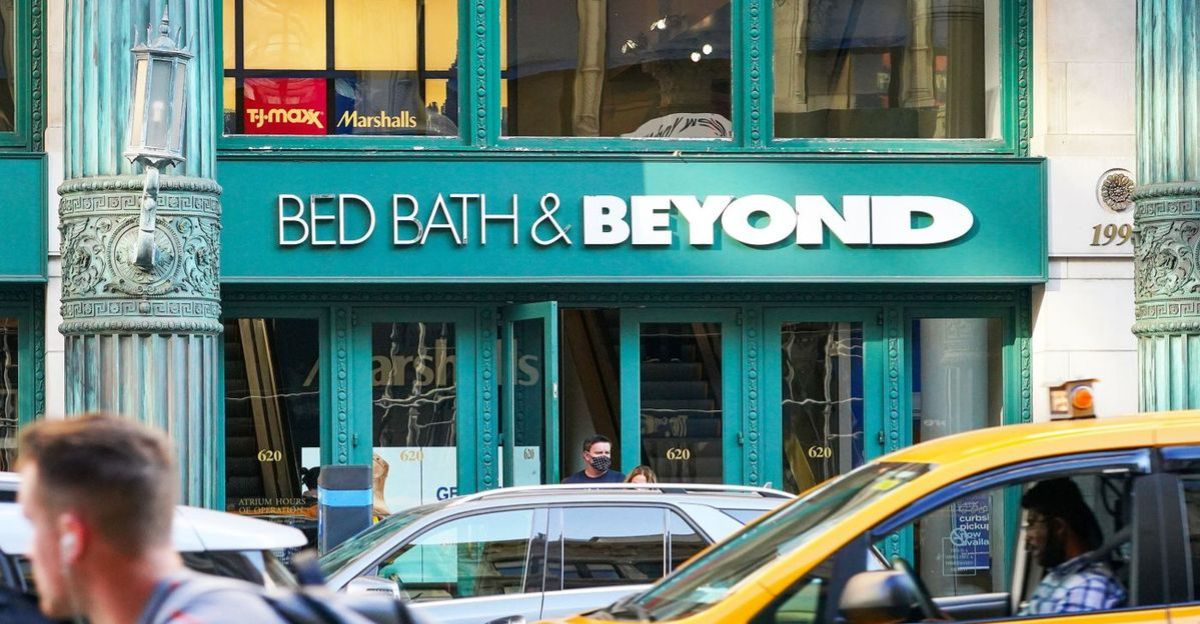
Layoffs can have serious consequences for workers, their families, and local economies. Experts such as Andrew Challenger, Senior Vice President at Challenger, Gray & Christmas, confirm that layoffs increase economic instability for families, and that entire communities can be affected by reduced household spending and increased uncertainty in the job market.
Economic analyses show that job losses often result in financial stress, emotional strain, and disruptions to family well-being. Local businesses may also experience declines in revenue when laid-off workers decrease discretionary spending, creating ripple effects across the community
Analysts Highlight Industry Reset

Chains like Bed Bath & Beyond are closing underperforming stores to reduce risk and focus on profitability. Analysts point out that the industry is shifting toward a hybrid model of e-commerce supplemented by targeted brick-and-mortar locations.
The company’s restructuring mirrors this broader trend, illustrating how even iconic brands must adapt to changing economic conditions and consumer behavior.
Failed Turnaround Efforts Preceded Closures
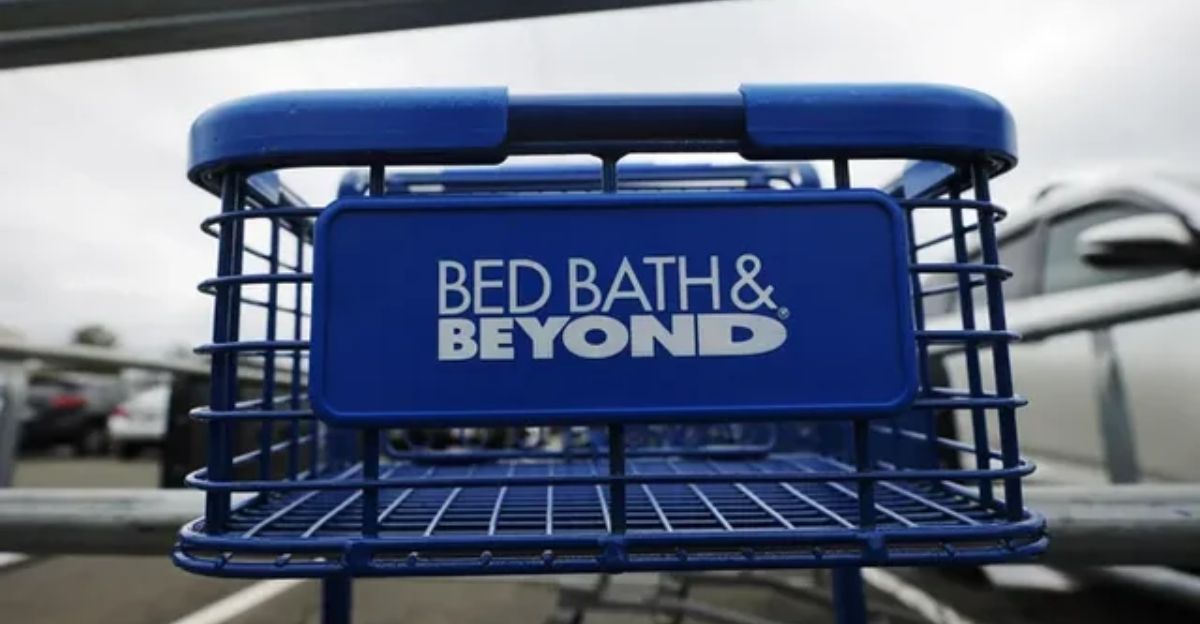
Before announcing closures, Bed Bath & Beyond tried several turnaround strategies. Inventory resets, marketing campaigns, and cost-cutting measures were implemented in 2024, but these proved insufficient to counter declining foot traffic and macroeconomic pressures.
Sources indicate that these efforts delayed, but ultimately could not prevent, the scale of store closures now underway. The sequence illustrates how difficult it is for traditional retailers to adapt quickly enough to rapid changes in consumer spending and operational costs.
Competitors Also Cut Stores

Bed Bath & Beyond is not alone in facing turbulence. Retailers, including Joann Fabrics, Macy’s, and Party City, have all announced store closures in 2025, contributing to the highest number of retail contractions since the pandemic.
Analysts highlight that industry-wide adjustments reflect broader shifts: consumers increasingly shop online, value-driven chains capture market share, and brick-and-mortar retailers must reconsider long-term strategies to remain competitive.
Shoppers Favor E-Commerce and Value Brands

Adobe Analytics reports a 7% year-over-year increase in online sales in early 2025, with digital and value-oriented options gaining traction. Specialty chains like Bed Bath & Beyond are particularly vulnerable, as shoppers favor convenience and competitive pricing.
Analysts emphasize that adapting to e-commerce trends is essential for survival, but legacy operational structures and fixed costs complicate rapid transformation, making strategic closures both necessary and inevitable.
Ripple Effect on Local Economies

Reduced tax revenue and lost wages strain municipal budgets and local economies financially. Small towns and mid-sized cities are particularly vulnerable when a major employer exits, impacting not just retail but nearby restaurants, service providers, and property markets.
Local economists caution that the closures could have long-term effects on regional economic stability and development if alternative employers or economic initiatives are not pursued quickly.
Laid-Off Workers Seek Legal Protections

Labor experts advise affected employees to review state-specific labor laws regarding severance and unemployment benefits. Under the federal WARN Act, large employers must provide 60 days’ notice for mass layoffs, though requirements vary by state.
Knowing rights and available resources is crucial. Legal and career guidance can help displaced workers navigate this uncertain period, from severance packages to unemployment claims, ensuring they can transition more smoothly despite the sudden employment loss.
Company Promises to Honor Warranties
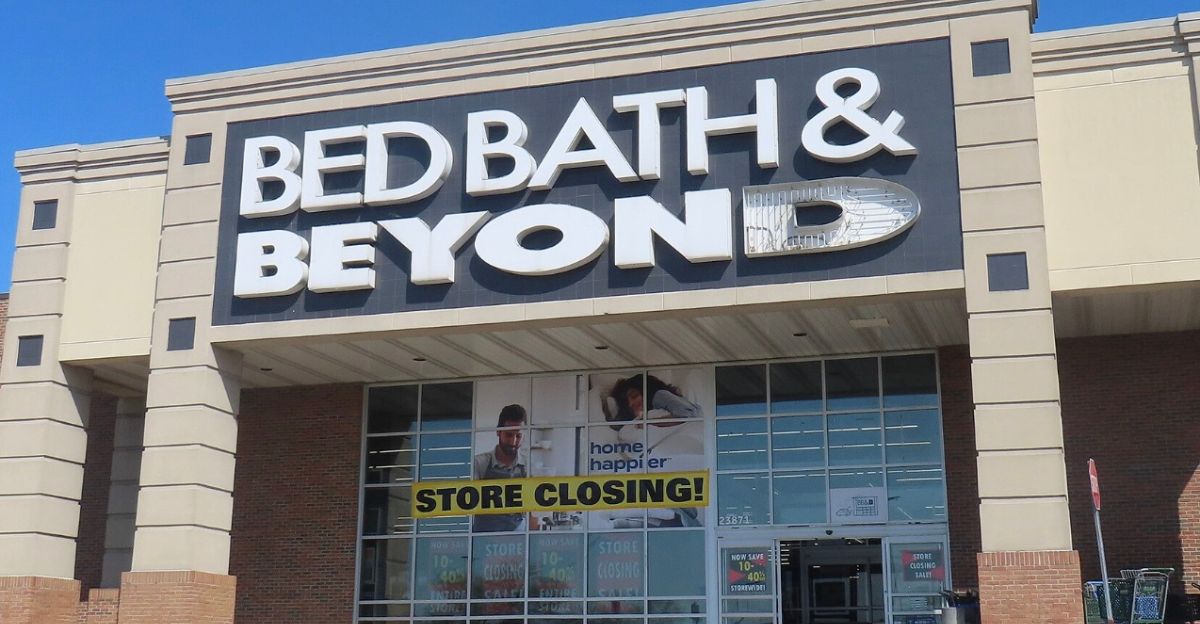
Bed Bath & Beyond has pledged to honor existing product warranties and pending orders despite closures. Customer service hotlines remain active, and communications emphasize maintaining trust during the transitional period.
Analysts note that such commitments are critical for brands navigating bankruptcy, as customer confidence directly impacts ongoing sales, online traffic, and brand loyalty—especially when uncertainty is amplified by mass store closures.
Research Predicts More Closures Ahead

Coresight Research warns that continued pressure on home goods retailers could trigger additional closures if consumer demand does not recover. Analysts suggest that companies must remain vigilant and flexible, balancing operational efficiency with customer engagement.
For Bed Bath & Beyond, continued monitoring of store performance and consumer patterns will determine whether further downsizing is necessary to stabilize operations.
Discount Chains May Gain Ground
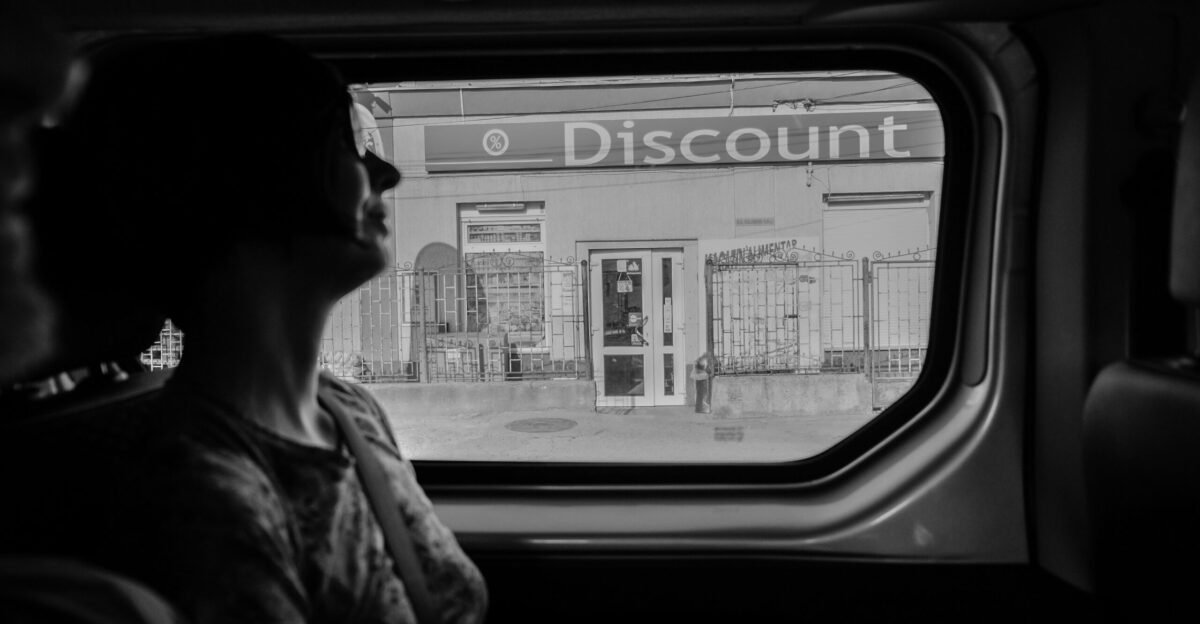
Telsey Advisory Group notes that off-price and discount retailers may benefit from current market trends, as consumers increasingly seek value-oriented options. With traditional specialty retailers contracting, these chains may capture market share and strengthen their presence.
Analysts predict that the retail landscape will continue to shift, rewarding businesses that adapt to changing consumer priorities while challenging those unable to meet the demand for convenience, affordability, and accessibility.
Retail Sector Faces Ongoing Uncertainty

Bed Bath & Beyond’s layoffs and store closures are part of a broader pattern of instability in retail. Inflation, debt pressures, and shifting shopping behavior continue to challenge traditional models. Experts note that success for surviving retailers will depend on balancing online and offline operations, remaining agile in pricing and marketing.
Companies that fail to adapt may face further closures, while those embracing change may secure a stronger foothold in a transformed retail landscape.